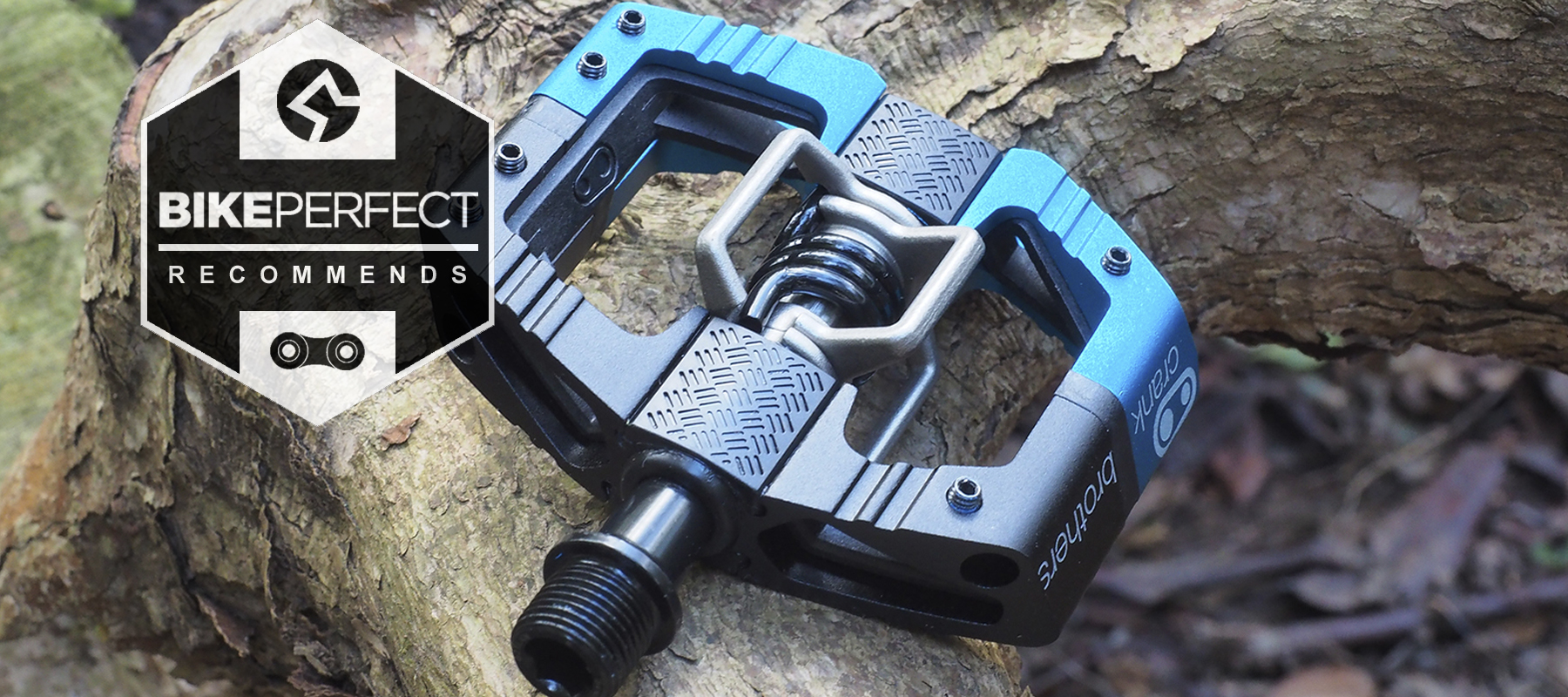Bike Perfect Verdict
If you want the performance of a clipless DH pedal but without the weight or size, the Mallet E is a well-thought-out option.
Pros
- +
Grippy, decent-sized platform
- +
Easy cleat engagement
- +
5-year guarantee
- +
Great mud performance
Cons
- -
Vaguer clip-out than SPDs
- -
Setup takes a bit of time
- -
Expensive
- -
(Deliberately) softer cleats
Why trust BikePerfect
Riders who want a lighter enduro pedal or rowdier trail pedal often have the Mallet E on their shortlist. It combines the security of cleats with the stability of a platform, in a durable clipless mountain bike pedal that’s lighter and more nimble than a full downhill pedal like the Mallet DH.
It’s not made for use as a sometimes-flat-shoe pedal – the wings that clip the cleats protrude too much for that – but there’s plenty of platform available for stability when you’re not quite clipped in, or when you’re clipped in and want some extra area to move about on.
For information on Bike Perfect's testing procedures and how our scoring system works, see our how we test page.
Here we’re looking at the Mallet E LS, which has a slightly longer axle than the standard Mallet E. That matches the wider stance of the Mallet DH, giving a little more control, and more clearance between the shoe and the crank.
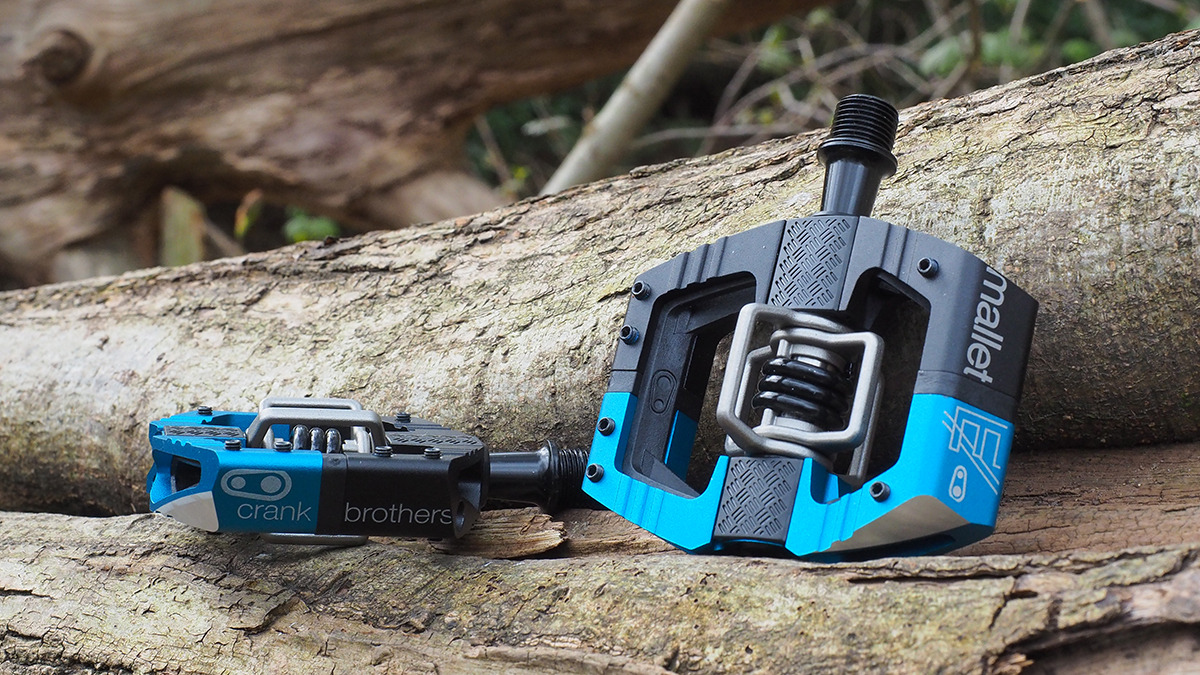
Design and aesthetics
A good-looking beast, the Mallet E comes in a small range of colours and is based around a platform that’s 12 percent smaller than the Mallet DH (it’s 87x75mm, if you're wondering). At its center is the easy-engaging x-wing cleat spring mechanism of the classic Crankbrothers Eggbeater pedal. There’s a fat finger-width of space between the cleat mechanism and the platform body, giving loads of mud clearance.
The platform is slightly concave for better contact with the shoe, and you’ll find six adjustable pins for added security. On the spindle housing there are slide-off plastic spacers which, along with cleat shims, you can adjust to make sure your cleats sit at exactly the right depth relative to the pedal. This will give you the right balance between free cleat movement and proper contact between the sole of the shoe and the pedal, but it can take a little patience, because of the pins.
Crankbrothers pedals are designed for easy maintenance even by the mechanically illiterate. It used to be that that was an all-too frequent requirement, but improvements over the last few years mean you can largely fit and forget even in the UK.
Specifications
As the price suggests, the Mallet E LS sits at the higher end of the Mallet range. Its internals are a combination of the more premium Enduro MAX bearings at the outer end (they have more contact area for load bearing), and a self-lubricating ‘plain bearing’ sleeve at the inner end.
The cleat wings are forged stainless steel which should last almost indefinitely given the cleats are made from deliberately softer brass. And the body is aluminium, with chamfered edges on the front outer underside to shake off rock strikes.
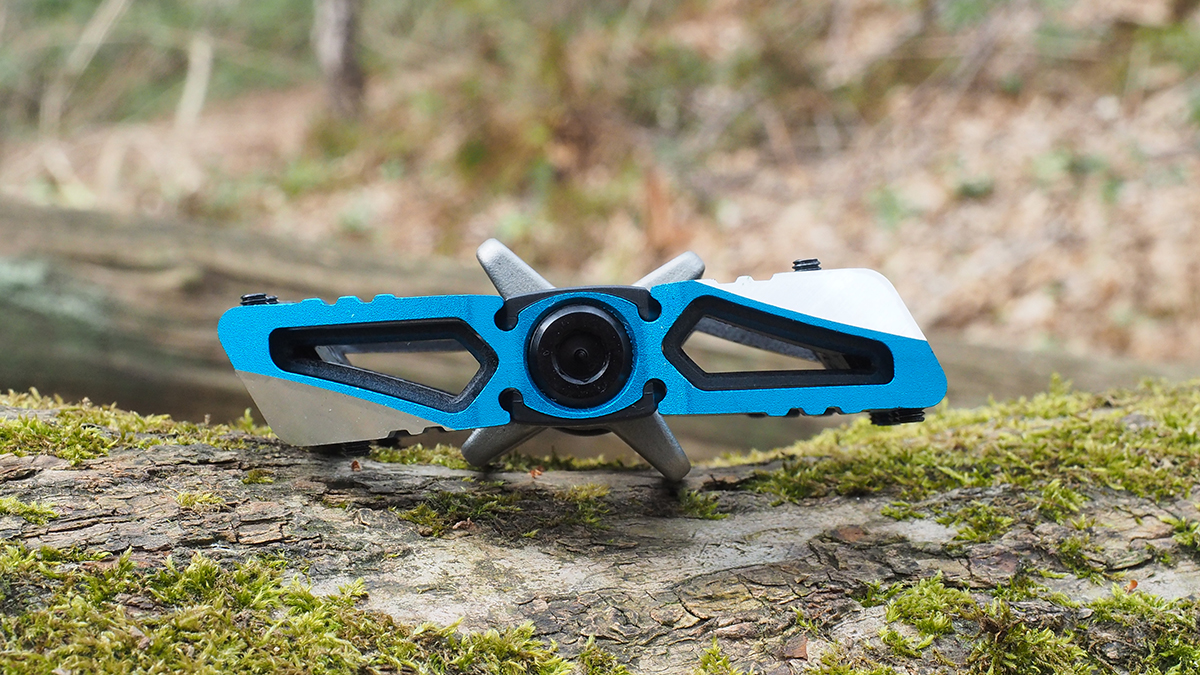
Performance
It’s no small challenge for a pedal designer to combine pin-based grip with the free rotation needed for cleats. But the consensus is that Crankbrothers pulls it off well.
Some testers have pulled their hair out adjusting their cleat shims, pin height and pedal sleeves to work just right with their particular shoe, and there’s no doubt that if you’re coming from the ‘bolt and go’ world of xc clipless pedals, you’ll need to give setup more time than you’re used to.
But once it works you’ll have a different level of control than you had before, and Crankbrothers does try to make it as easy as possible with a printable gauge to measure the recess in your shoe sole, and a variety of included spacers.
I certainly noticed that shoe type and cleat position made a big difference to how much of your shoe is engaged with the Mallet platform. A stiff XC shoe like the Shimano XC7, with a sparse pattern of outsole lugs, just isn’t made for a pedal like this – it had little more contact with the Mallet than with a smaller pedal like the Candy when clipped in, and the pins made no contact with the shoe at all. The slightly more relaxed Giro Cylinder did have more contact, especially if the cleat was positioned further back, where the shoe was flatter.
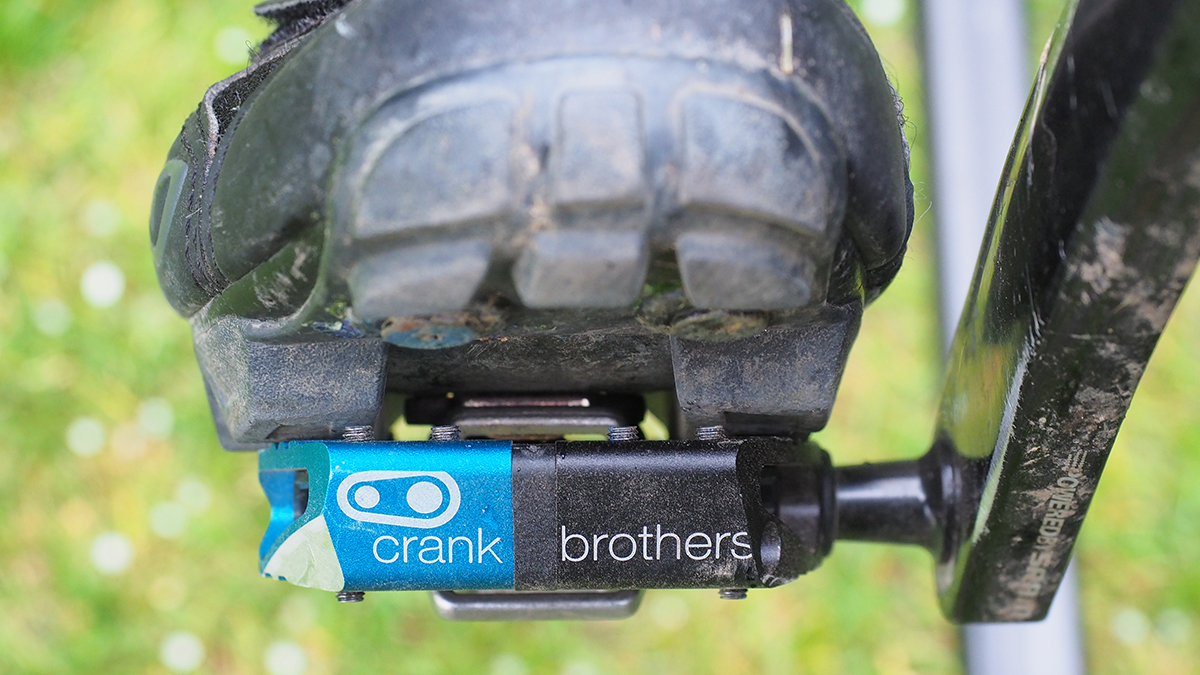
Use the Mallets with a flatter and softer trail oriented shoe like the Giro Chamber or Crankbrothers’ own Mallet E shoes and you’ll get more contact area when you’re clipped in, and when you’re out of the saddle and using your feet to control the bike underneath you.
If you want to customize the feel of the Mallet Es, you have a number of options. To start with, choosing the long spindle (LS) version gives you a 5mm wider stance on each side, for a little more control. (You won’t want this if your setup is already at the limit of what’s comfortable for your knees.)
You can also alter the float (natural foot rotation while you ride) and release angle (the point at which the shoe disengages) by swapping around the cleats. The default cleats give a 6 degree float and a 15 degree exit angle, but you can increase that to 20 degrees for more wiggle room by swapping the left cleat to the right shoe and vice versa. You can also buy cleats that give zero float and/or a narrower 10 degree release angle, though it feels less likely that trail and enduro riders would want either of those things.
Verdict
Pair the Mallet E with the right kind of shoes and spend a little time setting it up, and you’ll get an impressively secure and stable pedal for rowdier riding.
Tech Specs: Crankbrothers Mallet E LS pedal
- Price: $180/£165
- Colors: Black/blue, black/silver
- Weight: 440g
- Key materials: 6061-T6 aluminium platform, stainless steel body, wing and spring, chromoly steel spindle, brass cleats, plastic optional shims and traction pads
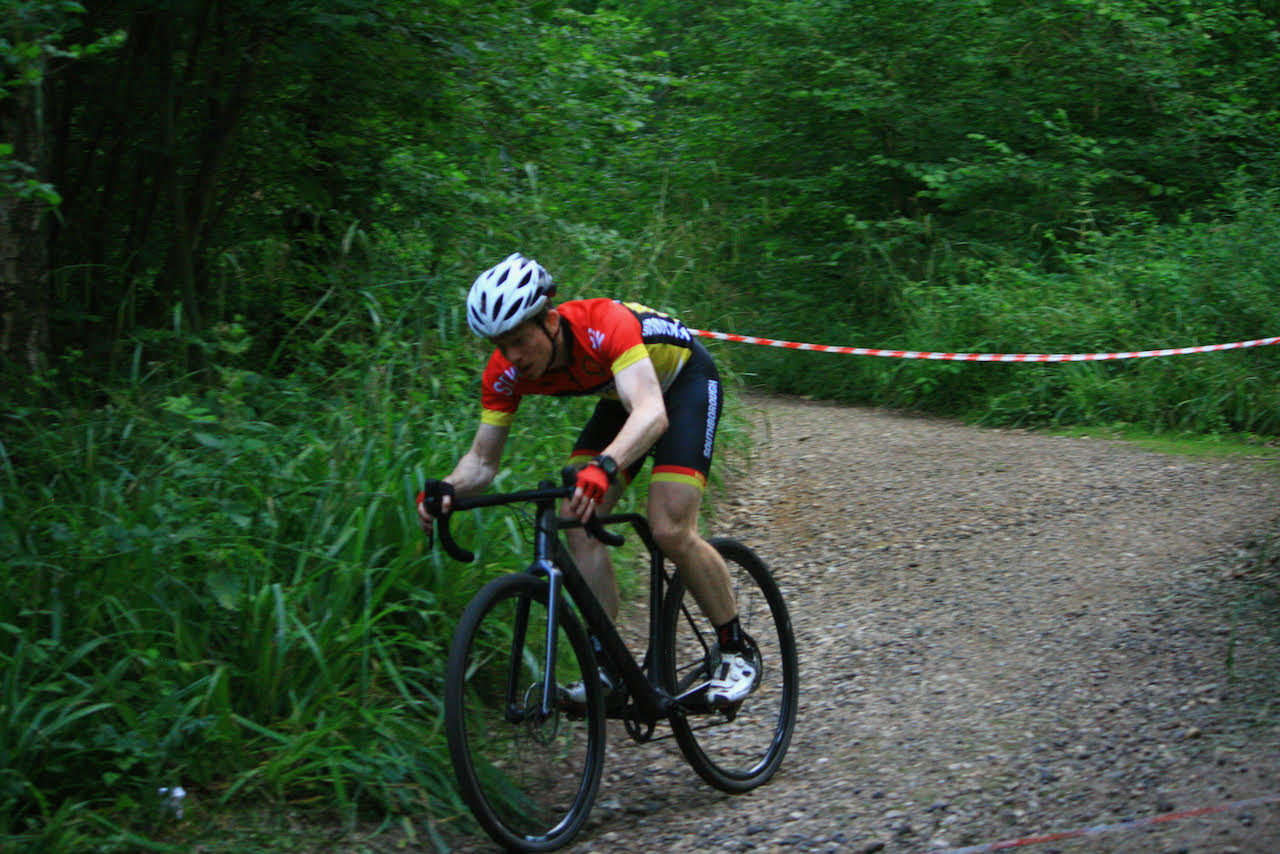
Sean has old school cycle touring in his blood, with a coast to coast USA ride and a number of month-long European tours in his very relaxed palmares. Also an enthusiastic midpack club cyclocross and XC racer, he loves his role as a junior cycle coach on the Kent/Sussex borders, and likes to squeeze in a one-day unsupported 100-miler on the South Downs Way at least once a year. Triathlon and adventure racing fit into his meandering cycling past, as does clattering around the Peak District on a rigid Stumpjumper back in the day.
Height: 173cm
Weight: 65kg
Rides: Specialized Chisel Comp; Canyon Inflite CF SLX; Canyon Aeroad; Roberts custom road bike
